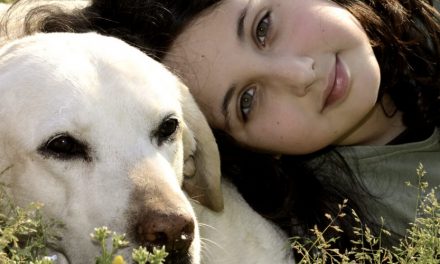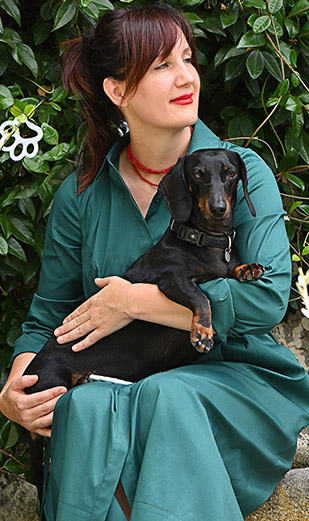Since when they have lived close to humans, pets have definitvely extended and improved the quality of their life but also, unfortunately, the possibility to show the same pathologies due to the industrial food, the pollution, the stress…that’s why the tumors are increasing a lot, among animals like among humans.
The early diagnosis is fundamentl in these cases too.
For this reason it is a good habit for the owner to touch and watch his own pet and use of the veterinary to repeat this examination during the routine visit or the vaccinations.
If you suspect or get confirmation of a tumor, for a correct prognosis of life of the animal, we proceed with the individuation of the exact nature of the tumor, of the grade of malignancy , of the possibility to have metastasis or not. Then everything will depend on the owner’s decision who, together with the veterinary, will think about the best way to ensure a good quality and duration of life to the animal.
All costs for tests, surgical operation and therapies are all on the owner’s charge.
This discourages many people who renounce immediately to long and complicated ways. A furtter one is the fear of possible collateral effects of chemiotherapy or the psychological consequences in assisting the pet and see him ill, no more like before, but maybe after the amputation of a limb or other interventions.
Today there are however great possibility to intervene, thanks to diagnostic tests and techniques like TAC or RM that help us to individuate the kind of tumor and therefore to recognize its behavior on time, the possibility to generate metastasis and in which organs.
This allows to chose the best therapy for the subject, according to his conditions of life and to the management of the chemitherapic medicine that can be also given per mouth at home, without recovering in the clinic.
Let’s see which situation can rise following the absence of onchology surgery.
Chemiotherapy: like for humans, it is to give medicines, injectable or orally, containing molecules able to destroy, block or slow the growth of the tumor.
The possible collateral effect are known by everyone and they are almost completely the same as the ones of human: toxicity, effect on the gastrointestinal apparatus, loss of fur, general illness, weakness, reduction of immunitary defences that can lead to the impossibility of undergoing the next therapies.
Metronomic chemiotherapy: it differs from the previous one for the dose of the medicine, extremely low. The aim of this therapy is the one to “alter” the environement around the tumor by leading it to reduce itself and disappear.
Electric-chemiotherapy: it is an innovative technique already used for humans.
It is based on the application of the electric pulses to the tumor that provoke structural alterations of the membrane of the neoplastic cells and make the penetration of the chemiotherapic medicine easier.
Therapies at molecular target: these are biological medicines able to block the cellular replication of the tumor.
DNA vaccinations: they are the great novelty of these last years. Once assumed, they provoque an immune answer of the organism itself towards that neoplastic form.
Radiotherapy: that is availabe only in very few equipped centers.
For any kind of tumor you will have then to chose the correct oncologic therapy.
Not all the kinds of therapy are fine for all the cases, even considering the general conditions of health of the animal. We need then to be sure that the animal can bear the toxic effects of the used product, considering that some chemiotherapic medicines can not be used for cats.
To rely on an oncologist, once you have decided to proceed with the therapy, is of fundamental importance: our sicked friend will be in good hands and we will be able to get all answers to our questions during a difficult period sometimes leading to the end.
Only the doctor’s experience and competence can infact make us understand which the best way is to respect the best possible conditions of life or our friend in such a delicate moment.











